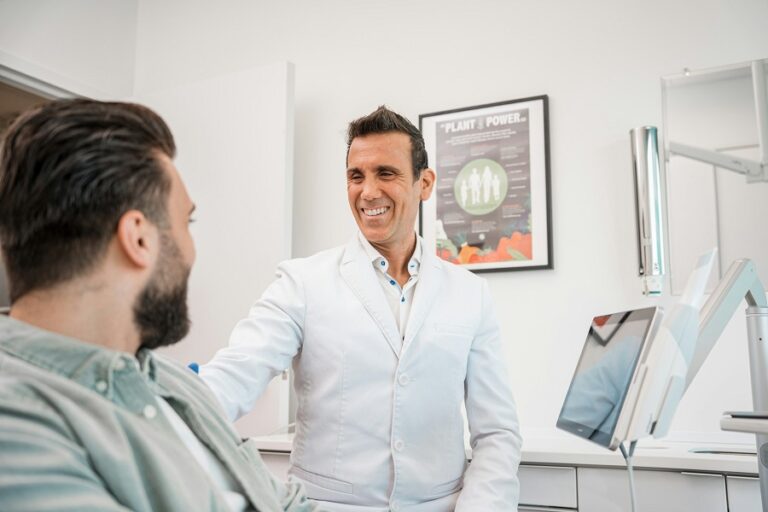Navigating healthcare can be challenging, especially when language and cultural barriers exist. In this landscape, cultural competence in medical translation is essential. Respecting diverse cultural perspectives ensures patients receive accurate, empathetic care that builds trust and improves outcomes.
Language is just one part of the challenge; cultural nuances shape how patients interpret advice, follow treatments, and feel supported. By integrating cultural competence into medical translation, you bridge gaps and make healthcare more inclusive and effective.
Imagine a medical misunderstanding caused solely by cultural misalignment—it could lead to incorrect treatments and alienate vulnerable patients. Whether you’re a translator, healthcare provider, or policymaker, your role is vital in ensuring medical information is both accurate and culturally sensitive.
The Role of Cultural Competence in Patient Outcomes
Cultural competence in medical translation critically impacts how well patients understand their health issues and engage with healthcare providers. It can lead to better empathy, reduced health disparities, and overall improved patient satisfaction and outcomes.
Enhancing Understanding and Empathy
When healthcare providers use culturally competent translation services, they can communicate more effectively with patients from diverse backgrounds. Being able to truly understand what the patient is saying—and meant—nurtures empathy. This connection is key in building trust.
Imagine visiting a doctor and not being fully understood. Frustrating, right? Culturally competent translation reduces this frustration. Patients feel seen and heard, which can encourage them to share more about their symptoms. This allows healthcare providers to offer more accurate diagnoses and treatments tailored to individual needs.
For example, when explaining diagnostic procedures like FibroScan—a non-invasive tool for assessing liver health—a culturally competent translation ensures that patients fully understand the purpose and benefits of the test.
Reducing Health Disparities
Cultural competence plays a vital role in leveling the healthcare playing field. Language barriers are a significant contributor to health disparities. By overcoming these barriers through accurate translation that respects cultural nuances, you help ensure that information is accessible to everyone.
This access is vital in preventative care. When patients clearly understand medical advice, they are more likely to adhere to treatments and attend follow-up visits. This reduces the likelihood of complications that disproportionately affect marginalized groups.
Healthcare translation that embodies cultural competence minimizes misunderstandings and sets a foundation for equitable care. Everyone wins when language and culture are respected in medical settings.
Best Practices in Culturally Competent Medical Translation
Achieving culturally competent medical translation is essential for accurate communication in healthcare settings. It requires a blend of skilled professionals and ongoing education.
Recruiting Skilled Medical Translators
When evaluating potential medical translators, it’s crucial to focus on their background in both languages and the medical field. Credentials in medical translation or relevant experience ensure they can handle complex medical terms and nuances.
Also crucial is their familiarity with cultural contexts, enabling them to capture the subtleties of language that may be lost otherwise.
Seeking out professionals with certifications or affiliations with recognized translation services can be beneficial. This signifies a commitment to quality and standards, further reinforcing their capability in delivering precise translations. This commitment ensures the highest standards in medical translation, providing both accuracy and cultural sensitivity that patients rely on.
Continuous Cultural Education for Translators
Encouraging translators to engage in regular cultural training helps them stay updated with cultural shifts and trends. Workshops, courses, and seminars focused on cultural insights can expand their perspective, allowing them to bridge any cultural gaps in translation.
Regular feedback and assessments can also enhance skills, presenting opportunities for translators to refine their understanding of cultural nuances.
Providing resources and support to pursue cultural education will ensure that translators can adapt to varying cultural expectations, a critical component in delivering Medical Translations that respect and reflect diverse patient backgrounds.
Conclusion
Cultural competence in medical translation is essential for bridging communication gaps and ensuring that patients receive care that is both accurate and empathetic. By understanding cultural nuances and integrating these insights into every translation, healthcare providers can build trust, reduce disparities, and improve patient outcomes.
Embracing continuous cultural education and best practices in translation not only enhances communication but also creates a more inclusive and effective healthcare environment for all.






